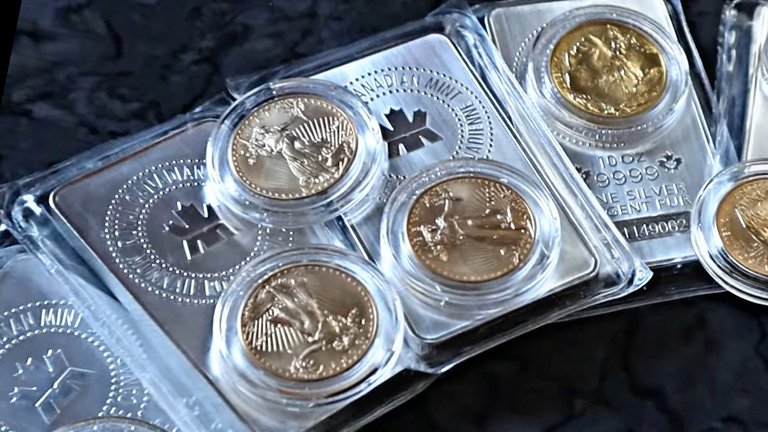
Silver prices have risen during separate periods, as they exceeded $45 four decades ago, as well as a remarkable rise during 2011. But after all this rise during this period, the price fell sharply. But is it possible for silver to hold out again if it reaches higher levels, where it becomes much higher and stable for much longer than it was in the past?
In 1980, the price of silver reached $50 in about a year, a rise of more than sevenfold, buoyed mainly by coordinated buying in both futures and physical metals through interests associated with the Hunt Brothers of Texas, and then fell dramatically. The epic rise in prices clearly shows that speculative investment buying can significantly increase the price of silver.
In 2011, silver again approached the 50-dollar barrier, but the massive speculative buying in silver futures had nothing to do with this,
The rise was caused by physical purchases of silver specifically by silver ETFs. In mid-2011, silver ETF investors resorted to raising prices to sell as a result of interests linked to Jp Morgan
If there is an upcoming rise in silver prices, it will be driven by physical and paper purchases and will be more influential than in the previous two periods, as there is little silver in the world compared to 1980 due to the deficit consumption pattern that lasted more than two decades to the debut of 2004. While there is now a high percentage of Physical silver compared to 2011, but that silver is held by investors like JPMorgan in the world's silver ETFs.
There are more than 1 billion ounces of silver ETFs owned globally which is more than half. While there are another 300 million ounces of silver bullion in Comex warehouses, this constitutes 70% of the world's silver proceeds. The physical silver available today is less than it was in 1980 and 2011. However, there are many trillions of investment dollars looking for an investment exit.
Perhaps we might see silver touching $18 before the year ends